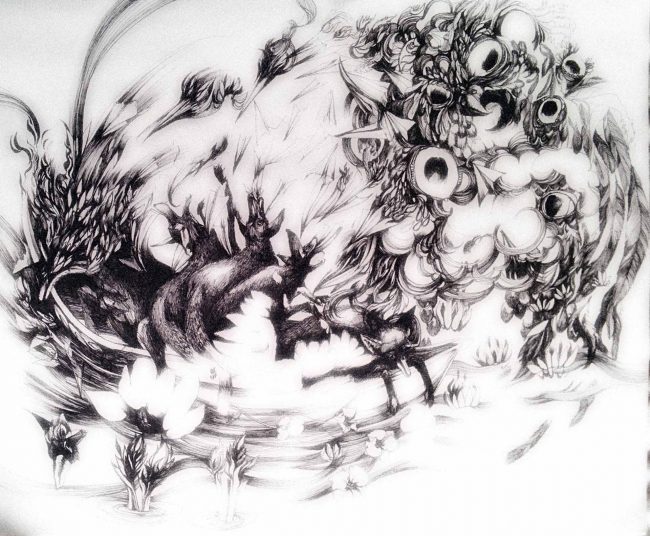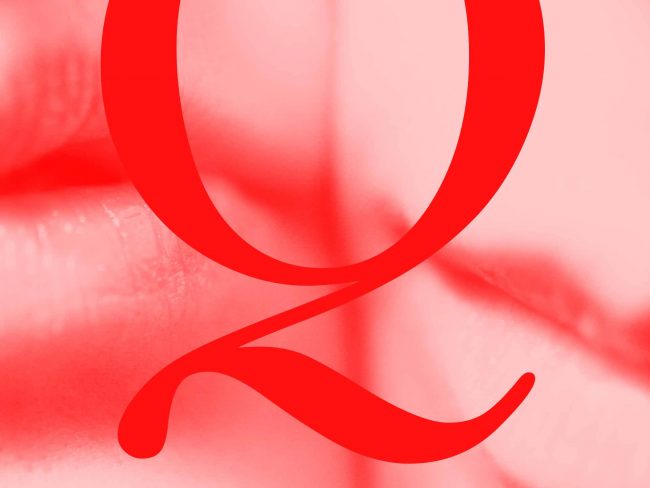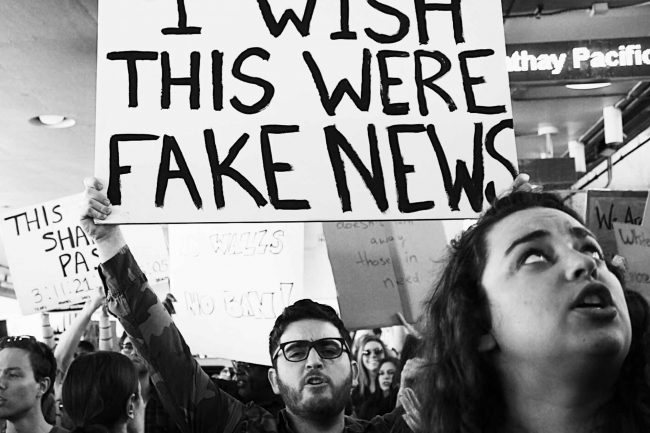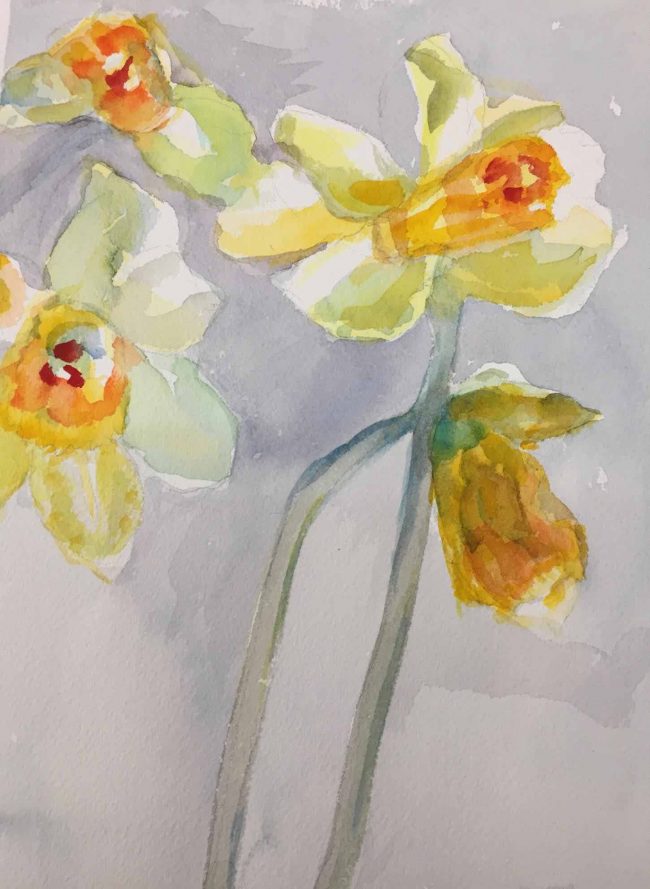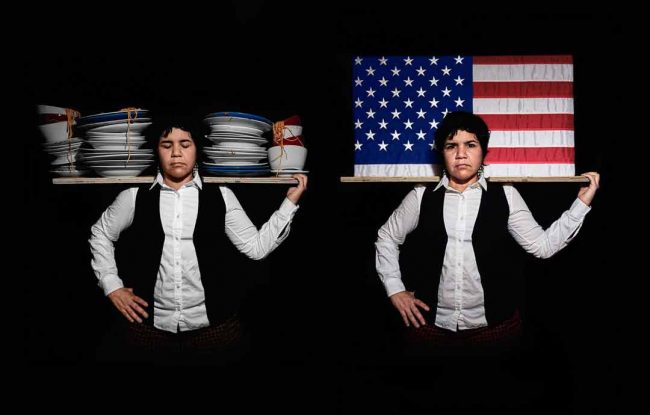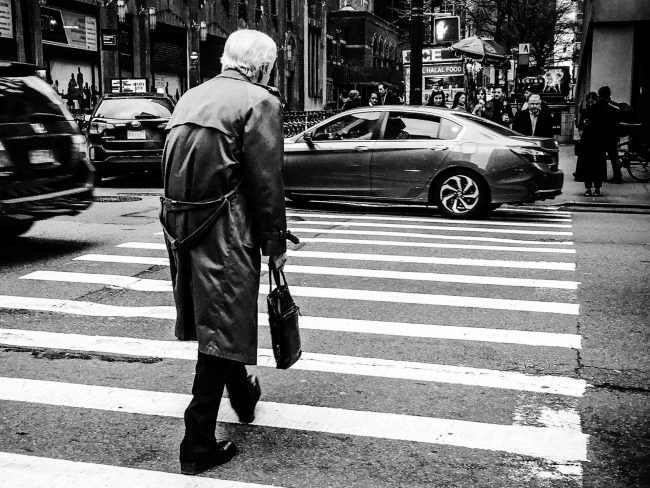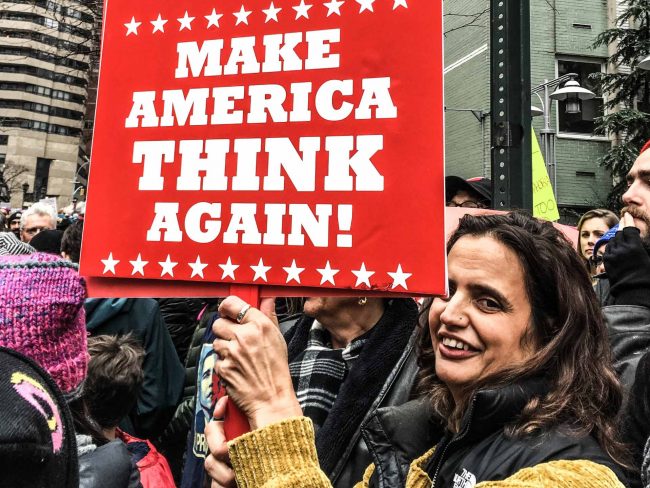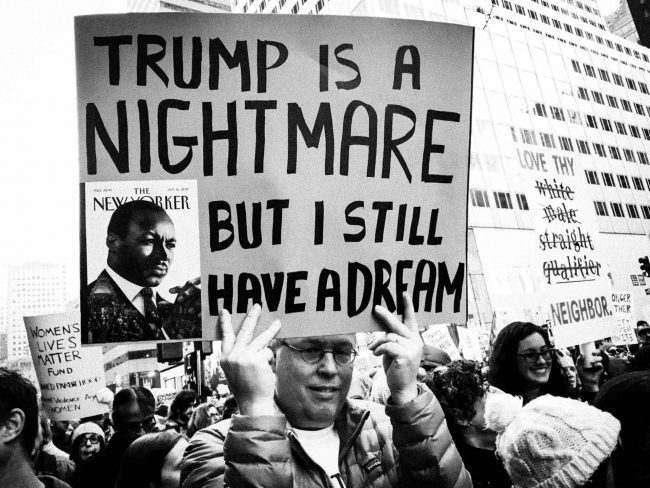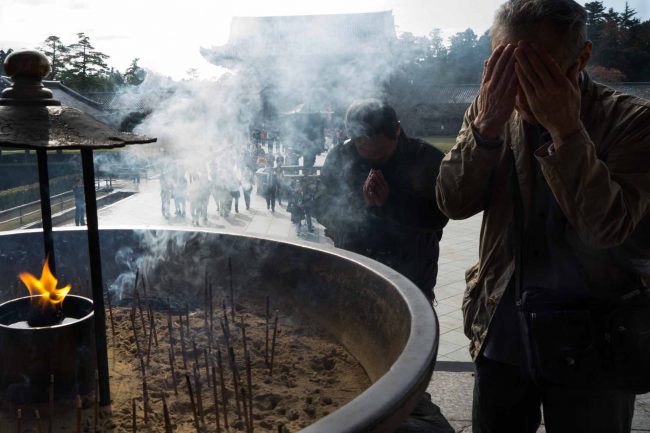THE BRAND by Jeri Isaacson
The day in April that Ivanka Trump appeared on the dais with Angela Merkel at the Women’s Summit in Berlin, I was in my office. I was listening to a vibrant and astute young woman in her twenties as she confessed, a little sheepishly, that her new shirt had “trendy” sleeves…


